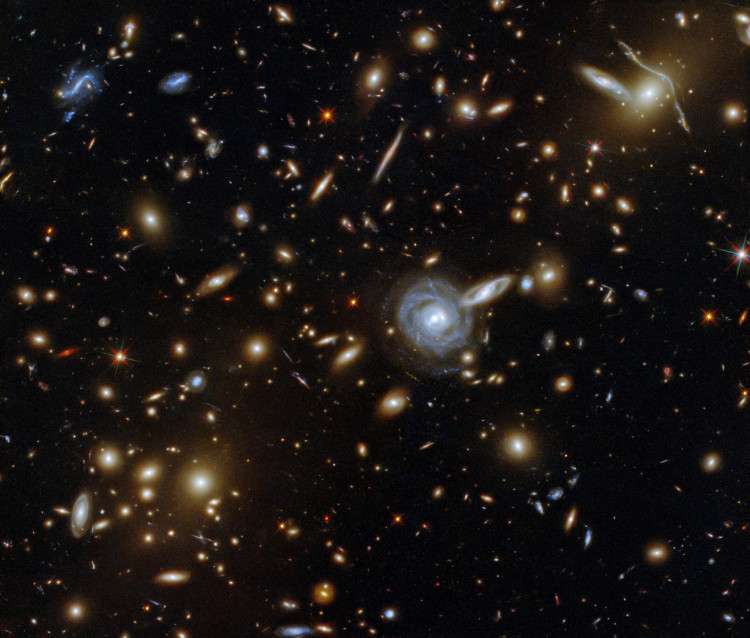Months after engineers restored the Hubble Space Telescope, the flying observatory is again experiencing new hurdles. The telescope, which has served as our eyes into the expanse of the cosmos, has entered safe mode, pausing research operations and requiring NASA to initiate an investigation.
On Oct, 23, Hubble's science equipment issued error codes indicating the loss of a specific synchronization transmission. This message contains timing information that instruments utilize to respond to data requests and commands accurately. The instruments were reset by the mission team, and science operations resumed the following morning.
The science instruments issued error codes suggesting several synchronization message losses on Oct. 25. As a result, the research equipment entered their pre-programmed safe mode states.
"Mission team members are evaluating spacecraft data and system diagrams to better understand the synchronization issue and how to address it," NASA said in a statement.
"They also are developing and testing procedures to collect additional data from the spacecraft. These activities are expected to take at least one week."
The rest of the telescope is functioning normally.
Hubble had also gone dark in June of this year. A defective payload computer onboard Hubble, which coordinates science operations, caused the month-long shutdown. On June 13, when the main computer failed to receive a signal from the payload computer, Hubble's science instruments went into safe mode, rendering it blind in space.
The Hubble Space Telescope was launched in 1991 and has recently celebrated 31 years of service beyond Earth's orbit. The observatory has played a major role in some of our universe's most important discoveries, including the accelerating expansion of the universe, the evolution of galaxies through time, and the first atmospheric studies of planets outside our solar system.
With the launch of the James Webb Space Telescope in December, the aging telescope will soon have a companion beyond Earth's orbit. The Ariane 5 rocket will put the telescope immediately into a precision transfer orbit towards its goal, the second Lagrange point (L2), once launched from French Guiana. This location is four times as far away as the Moon, 1.5 million kilometers from Earth in the opposite direction of the Sun.
Once operational, the James Webb Telescope will provide a once-in-a-lifetime opportunity to research the origins of the universe, succeeding the Hubble Space Telescope as the primary source of deep space observation for decades.




